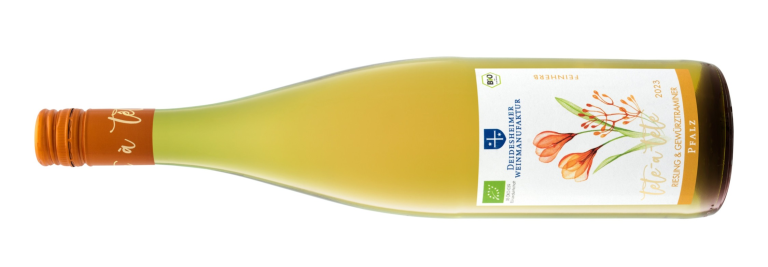Since Boxing Day is just four weeks today, it is time for MidWeek Wines to swing into Christmas mode.
So, this is the first of four posts devoted entirely to the simple question – “What should I buy for Christmas?”
As you would expect from this site, the primary focus will be on accessible wines that are available on most High Streets.
Today, it is the turn of Sweet and Fortified wines – both cruelly neglected genres but ones that are just perfect for Yuletide.
Remember that many featured wines now have a hyperlink to the retailer’s website for all the reasons I set out down the page in a recent Top Tip.
As ever, use any available pictures to help you find the wine on a crowded shelf – which is not always as easy as it seems.
An unexpected location

We start in a less than obvious place for sweet wine – Portugal (actually the Sentúbal peninsular over the bridge from Lisbon) where this muscat based sweetie is produced in a style Jancis Robinson declares is perfect for those Portuguese Custard Tarts almost every supermarket now sells.
Soft with restrained sweetness that never cloys, Casa Ermelinda Freitas Moscatel de Setúbal (£9.95 at The Wine Society and 17.5% abv) has honey charged apple flavours shrewdly balanced by good acidity and an almost liquorice depth that adds contrasting savoury elements.
This one’s a bit more traditional
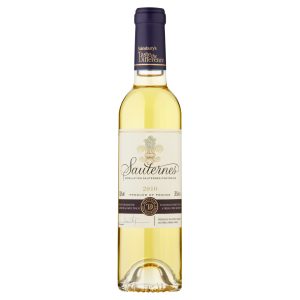
This is a two thirds:one third blend of semillon and sauvignon from that actually small but world famous area just south of Bordeaux city – where that very special form of the botrytis fungus works its magic to especially good effect.
Like that moscatel, acidity and a suggestion or two of honey are also evident in 2015 Taste the Difference Sauternes (£12 for a half bottle at Sainsbury’s and 13.5%) where red apple fruit is well supported by orange marmalade touches and, here, counterbalanced by attractive herbal components too.
And then something unusual again
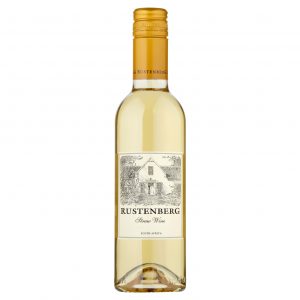
Chenin blanc can also create some lovely sweeter wines but that variety is joined by viognier in this South African dessert wine that has had a range of tasters waxing lyrical about its quality.
Here is what MidWeeker Clare Hearnden tells us …. “Although a slightly ‘odd’ wine I have to say that Rustenberg Straw Wine (£13.49 for a half bottle at Waitrose and 10%) is superb, so rich, such great viscosity, full of sweet oranges and dried fruit. This would be my recommendation for a dessert wine with Christmas pudding.”
Moving on to fortifieds
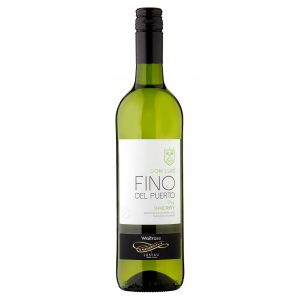
Erik Burgess told us all about sherry styles in last week’s Top Tip and this is a fino – i.e. where the flor cap engenders nutty, saline and fresh dough influences – and, in this example, provides all the characteristics of well made dry sherry.
Here is what MidWeeker Dave Cronin has to say ….. “Made in partnership with Lustau, No1 Don Luis Fino del Puerto (£11.99 at Waitrose and 15%) is one of the nicest Finos I’ve tasted in a while, bone dry, grapefruit and lime, salinity, toasted almonds, dried herbs and maybe some mocha. Superb!”
And sherry’s sweeter side
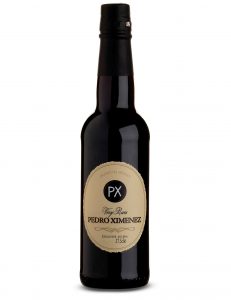
Now we move to the sweet end of the sherry spectrum with the weighty, soft, almost treacle like partner for rich desserts – which will engender despair among dentists everywhere.
Supporting the claim that pedro ximenez is the world’s sweetest grape there is 415 g/l of residual sugar in Rare Pedro Ximenez Sherry (£9 at M&S and 17%) which, inevitably, provides a dense and rich sherry with flavours of treacle and dates that deliver a sensation of absolute luxury.
Part way between sherry and port
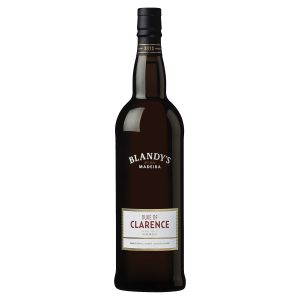
Barrel aging and a warm climate are what makes madeira so attractive even when made from the fairly everyday negramoll grape, as this one is, rather than the more prestigious grapes used on the island – such as verdelho and malvasia.
The amazing thing about madeira is that so few people seem to know about – even if that does have its good side in keeping prices reasonable.
Balanced yet still nicely soft, Blandy’s Rich Madeira (£9.50 – instead of £12.50 until 1 January – at Morrisons and 19%) has mellow sultana and raisin flavours made lively by good acidity and is sweet but not excessively so.
Moving on to Tawny Port
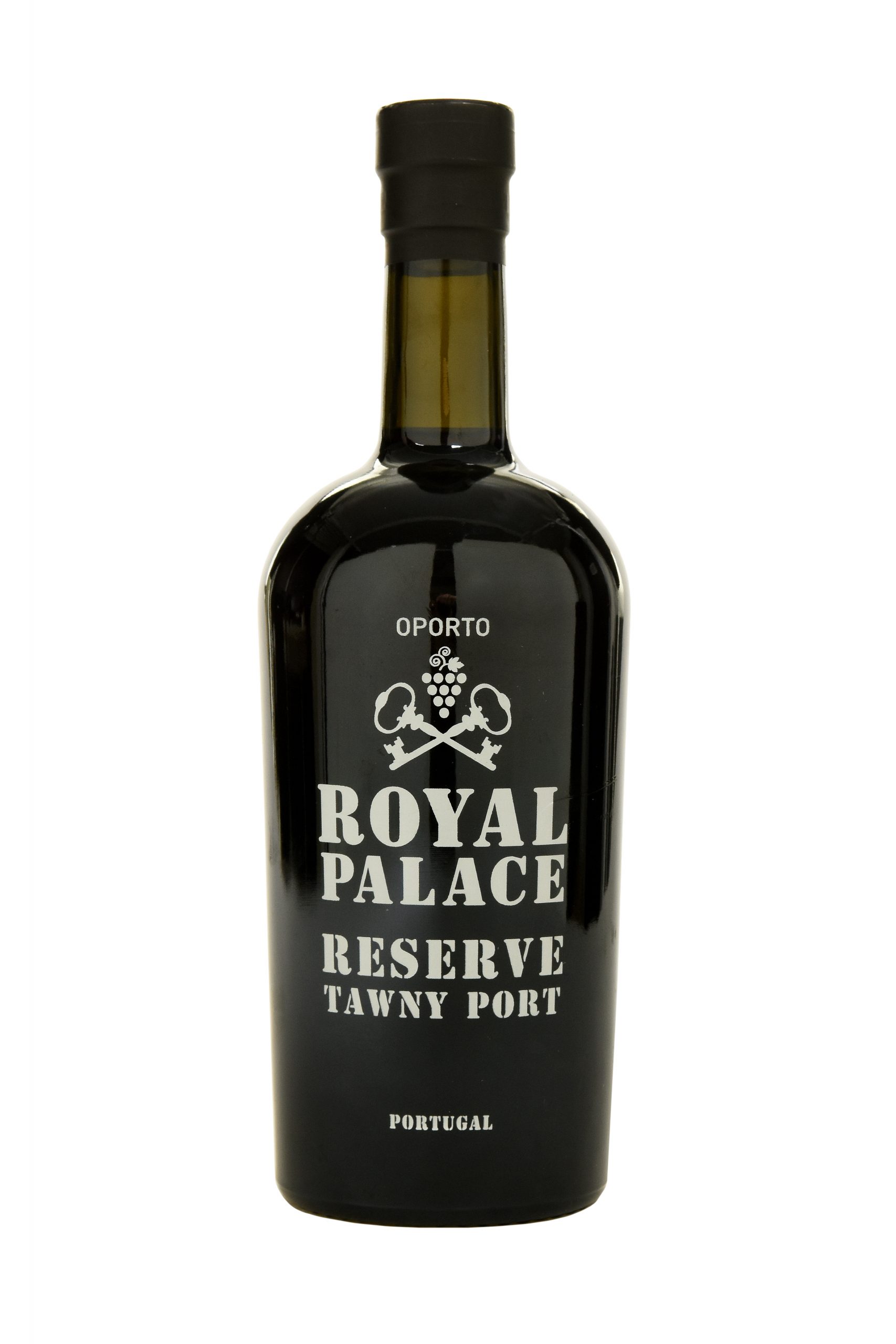
Tawny ports have had lengthy aging in barrels, unlike vintage ports – where most maturation is in bottle. In the process they lose colour but gain nutty and other influences from the wood in which they are being stored.
For a good example, enjoy the rounded and nicely textured Royal Palace Reserve Tawny Port Decanter (£10 at M&S and 20%) with its citrus based acidity and balanced cherry and raspberry fruit.
Now for Single Quinta Vintage Port

In the Top Tip part of an earlier post, Andrew Symington explains the merits of Single Quinta Vintage Ports and why they currently attract so much attention.
This great value illustration is from the 2007 vintage which was a cool year but one that saw wine with real aging potential being produced.
As befits a multiple award winner, Finest 2007 Vintage Port (£20 at Tesco and 20%) has floral plum and blackcurrant fruit with hints of orange, cinnamon and chocolate, good sweetness but a lightness that makes the whole thing really approachable.
Addendum: Top Tip for Spirits
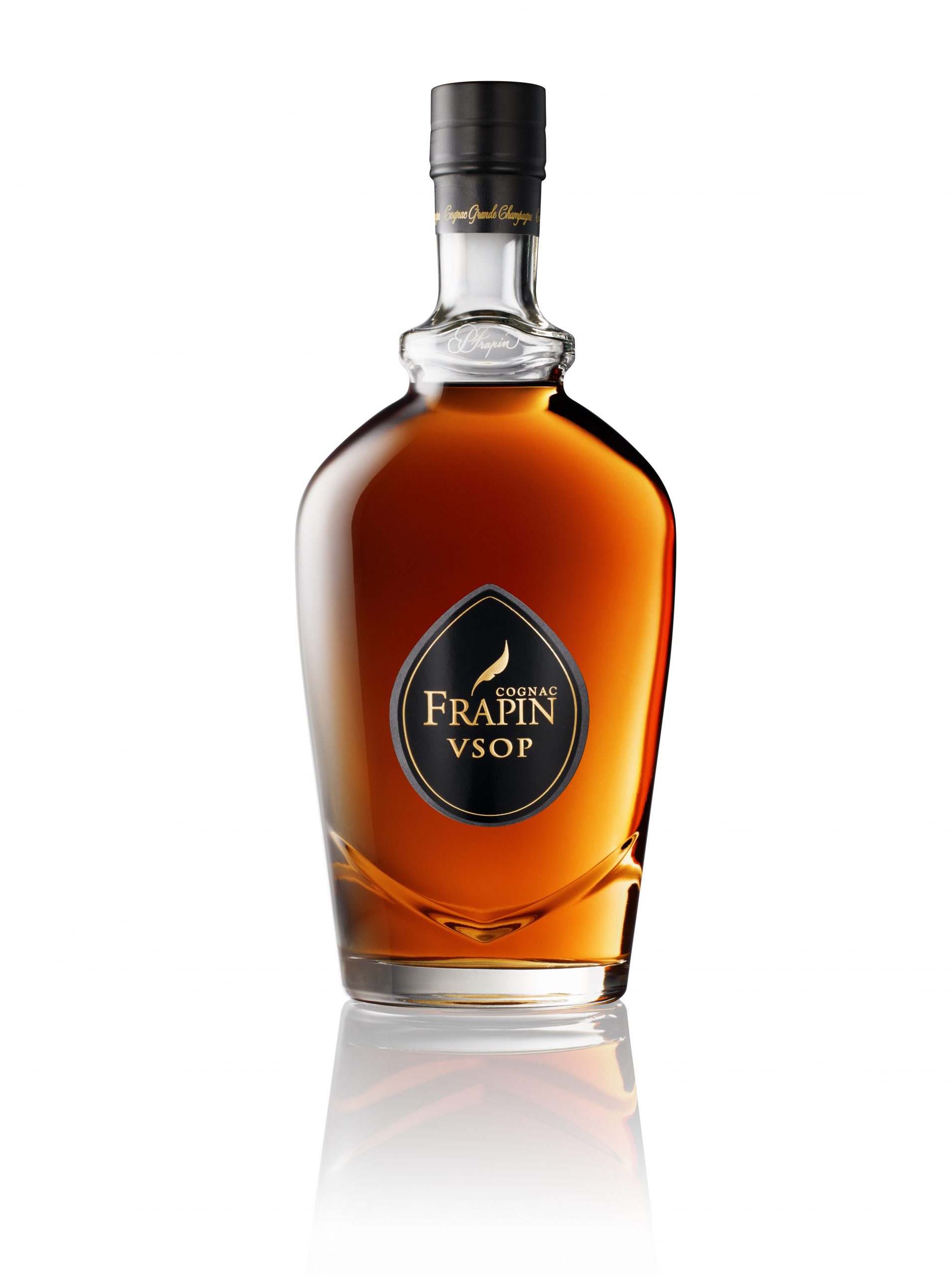
I don’t often feature spirits here but I have rather enjoyed this cognac from an independent family producer in the highly rated Grande Champagne part of the region.
They only use grapes from their own vineyards and seem to excel at getting just the right influences from the barrels in which the cognac matures.
Light in colour and especially smooth in texture, Frapin VSOP Grande Champagne Cognac (£52 at The Wine Society and 40%) has delightfully subtle flavours – peach, vanilla, barley sugar and honey were the ones that I detected – yet, despite that complexity, is light enough for “drink anytime” enjoyment.
Continuing our review of what to drink at Christmas and the New Year, we shall be looking at red wines next week – with the post launched on Wednesday rather than Thursday.




